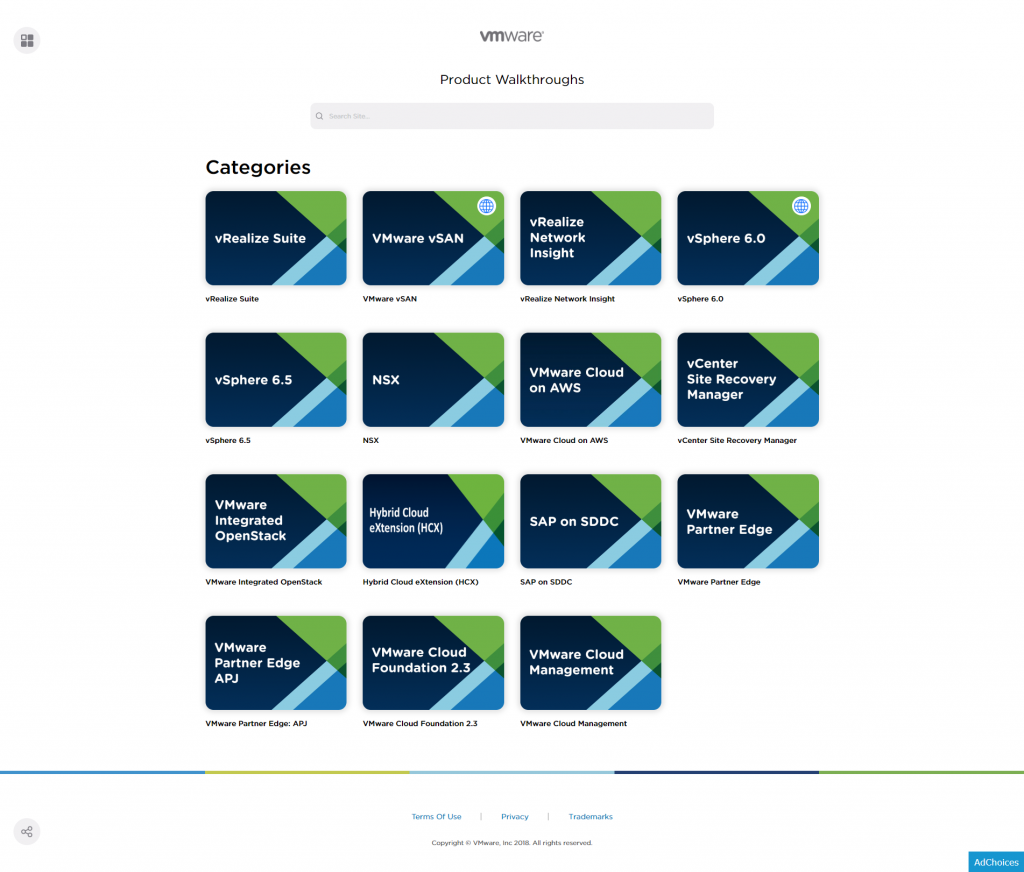Well, some of you might have seen my original VMware Certification and You post back in March. VMware is in the process of changing the way their certifications work, and for the better I think. With those changes comes a short eBook: VMware Training Value.
For anyone looking to get VMware training or certification in 2018, I’d recommend reading the above eBook. It outlines ways to maximise your value, and gives figures to support them. You’ll be able to see where you stand now, and what path to take to reach the next level in your career. Each certification track is outlined and each step explained. Check it out, and plan your career today. You won’t regret it.…
